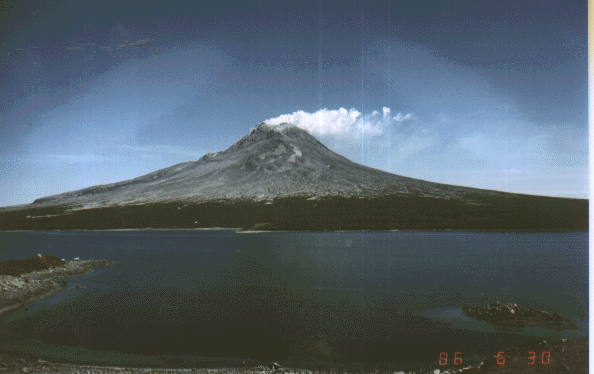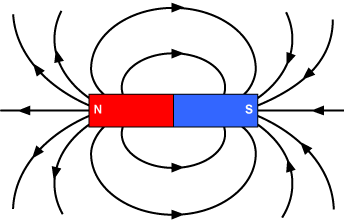DNA stands for Deoxyribonucleic Acid. It is the genetic
material in all living things that makes up their genes. Multiple scientists –
Fredrick Griffith, Oswald Avery, Alfred Hershey, and Martha Case – discovered
that DNA was in fact the hereditary material and not protein, which was widely
accepted at the time. The structure of DNA, however, was still unknown. Some
key figures in the discovery of the structure of DNA were Rosalind Franklin, Erwin
Chargaff, and Watson and Crick. The combination of all their experiments results
in the structure of DNA. They discovered that the structure of the molecule is
a double helix and the sugar-phosphate strands are held together by
nucleotides.

Each nucleotide has three parts: deoxyribose, a phosphate (PO4)
group, and an organic base. There are four different kinds of bases: Adenine,
Thymine, Guanine, and Cytosine. These bases are split in two groups: purines
and pyrimidines. The purines, or larger bases, are Adenine and Guanine. The
pyrimidines, or smaller bases, are Thymine and Cytosine. Chargaff’s rules
states that DNA molecules always have equal amounts of pyrimidines and purines.
The bases are always paired with each other in the same way as well (A = T,
& G = C). Hydrogen bonds are then formed between the base pairs.
DNA
copies itself through a process called DNA Replication. During this process,
the DNA strands unwind, an enzyme primes the strand for replication, another
enzyme builds the strands, and then the new strands are rewound. The enzymes
involved in this process are helicase
(unwinds strands), DNA polymerase III (adds
complementary nucleotides to the strands), primase
(synthesizes a primer to begin the construction of the new strand), DNA polymerase I (removes primer and
fills in the gap left), and DNA ligase
(joins the ends of the newly synthesized segments of DNA). During the process
of DNA replication mistakes can occur. These mistakes are called mutations. A
mutation is a change in the content of the genetic message. A recombination is
a change in position of a portion of the genetic message.

It is very important that we know
about DNA for multiple reasons. First, so we can better understand the causes
of some diseases and create better preventative medicines. Next, it is
important to know how a disease is passed on in order to trace it or predict
the chances of someone having it. It is also important to know how our DNA may
be affected by certain environmental factors, or how our choices could affect
our children’s DNA. How much more do you think future generations will know
about DNA than we do now? Do you think there will be more mutations? Why?
Here are a few
interesting facts about DNA:
·
“Every human being shares 99% of their DNA with
every other human.”
·
“If you put all the DNA molecules in your body
end to end, the DNA would reach from the Earth to the Sun and back over 600
times.”
·
“DNA is found inside every cell in our body
(apart from red blood cells), and each cell contains roughly 2 meters of DNA.”





















